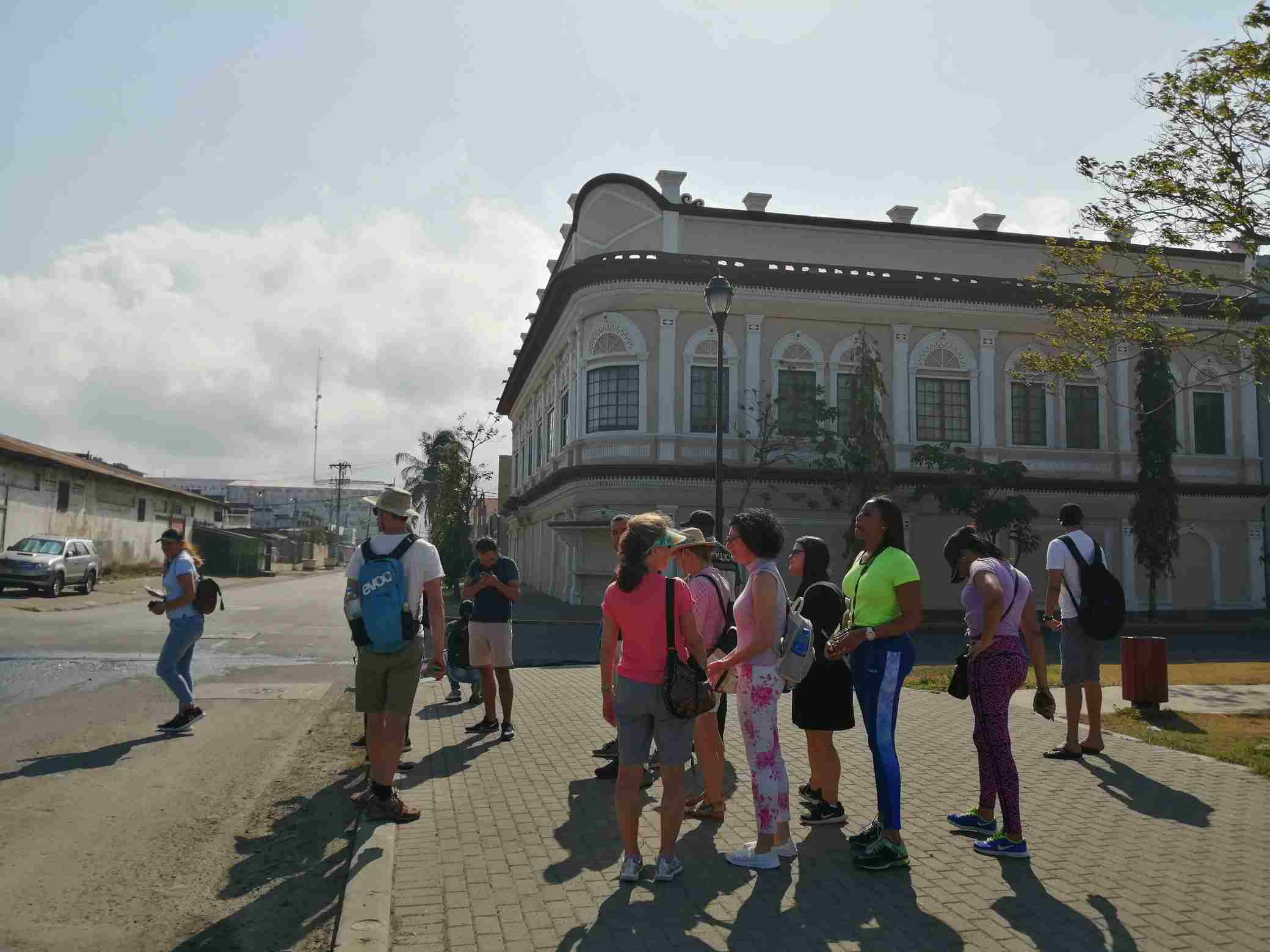Colon City is located north of Panama City and looking at the Caribbean Sea. The Colon Free Zone and the Panama Canal operate in its surroundings. As you enter the city, this urban center cannot hide what it really is: an architectural jewel that holds a cultural treasure.
Central Park
Officially called Paseo Juan Demostenes Arosemena, it allows you to cross the entire city walking under shadows of large trees and resting on the benches that invite you to socialize with the locals. It is one of the hallmarks of the historic center, like the Washington Boulevard, on first street, which invites you to get lost in its turquoise sea.
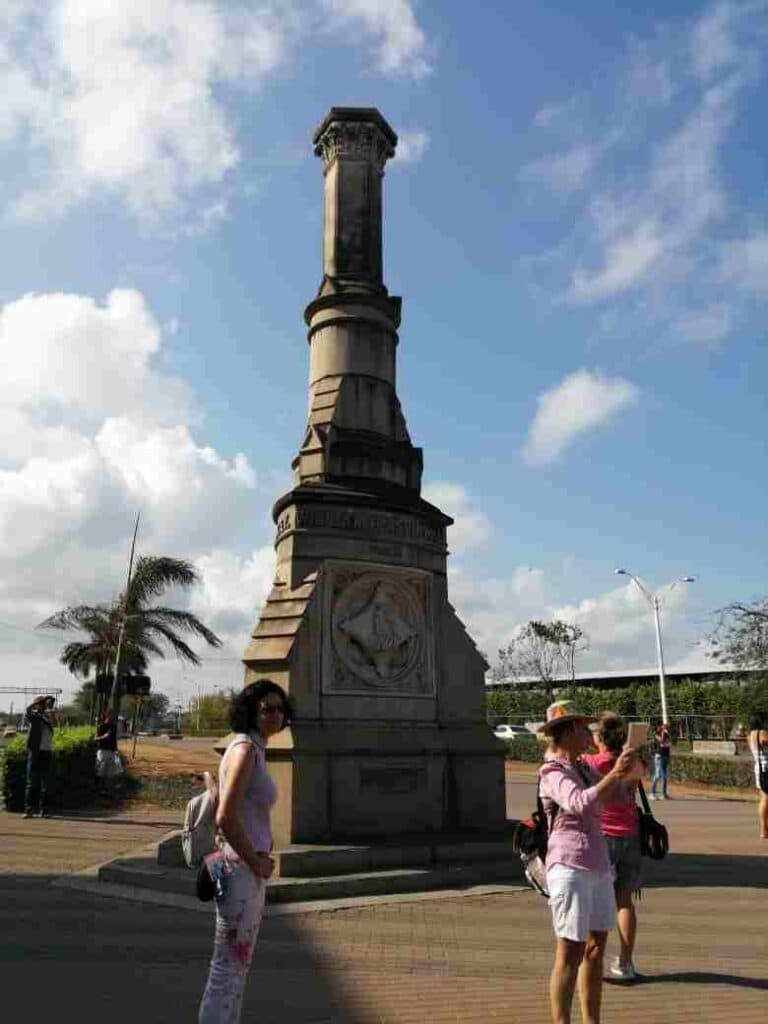
Unique History in the Region
Colon City began to take shape in the mid-1800s, when the gold rush broke out in Sutter’s Mill, California. Thousands of adventurers wanted to reach the west coast of the United States and there were only two ways to do it: crossing the entire territory of the union or going around the Strait of Magellan, at the southern tip of the continent.
It has been known for centuries that the Isthmus of Panama has always move people from one ocean to the other, but the construction of a canal was still a dream. It was then that American entrepreneurs George Law and William Aspinwall came up with the great idea: to build a railroad that would cross the Isthmus of Panama from the Atlantic side to the Pacific side of the country, and thus connect the east with the west of the United States.
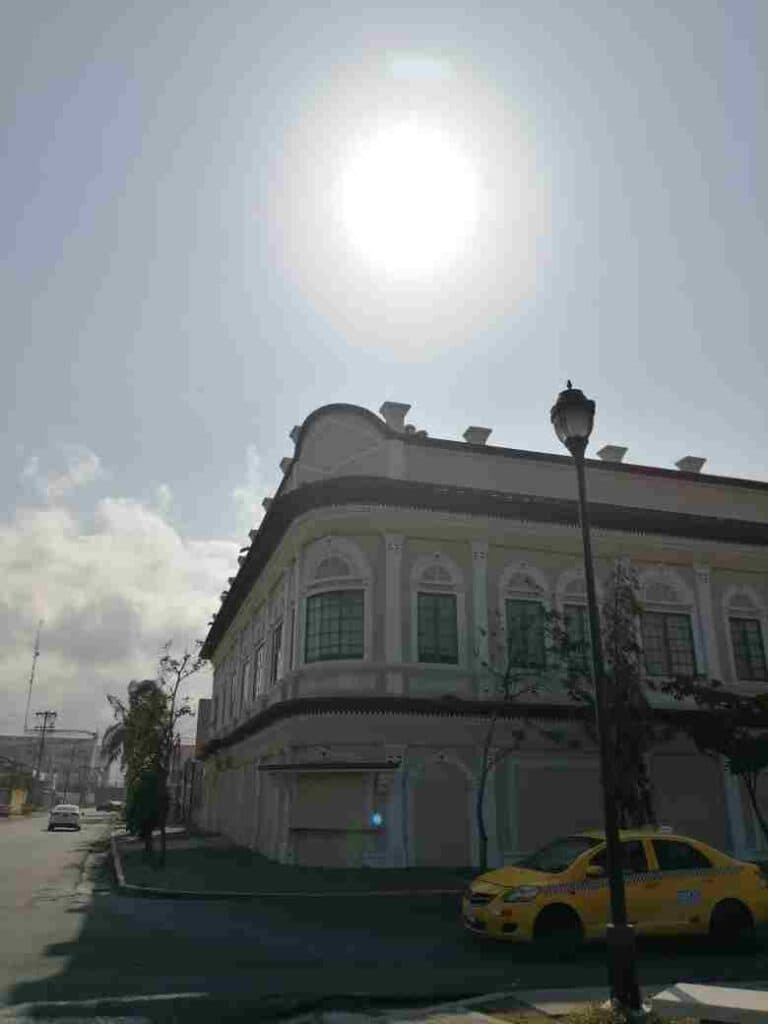
The site they chose to begin construction was a swampy, mangrove-filled island called Manzanillo. The first structures to be built were a warehouse; later, barracks for the workers. Six Americans, thirty people from Cartagena and fourty five Irish hired in New Orleans were the first workers to arrive, later on people from the Caribbean islands, India, Russia, Ireland, China, South Africa, Chile and Peru came to finish building this work of engineer.
The birth of Colon City was based on the railroad, the port, and the “Front Street or Front Avenue” that was the main commercial area during the second half of the 19th century and a good part of the 20th. At this street they set up fancy shops where travelers bought all kinds of goods. Front Street was so famous that Panama hats became popular there, hats that, in reality, were brought from Ecuador to offer them both to tourists who arrived on board the ocean liners and to adventurers who hurried through these Isthmian lands.
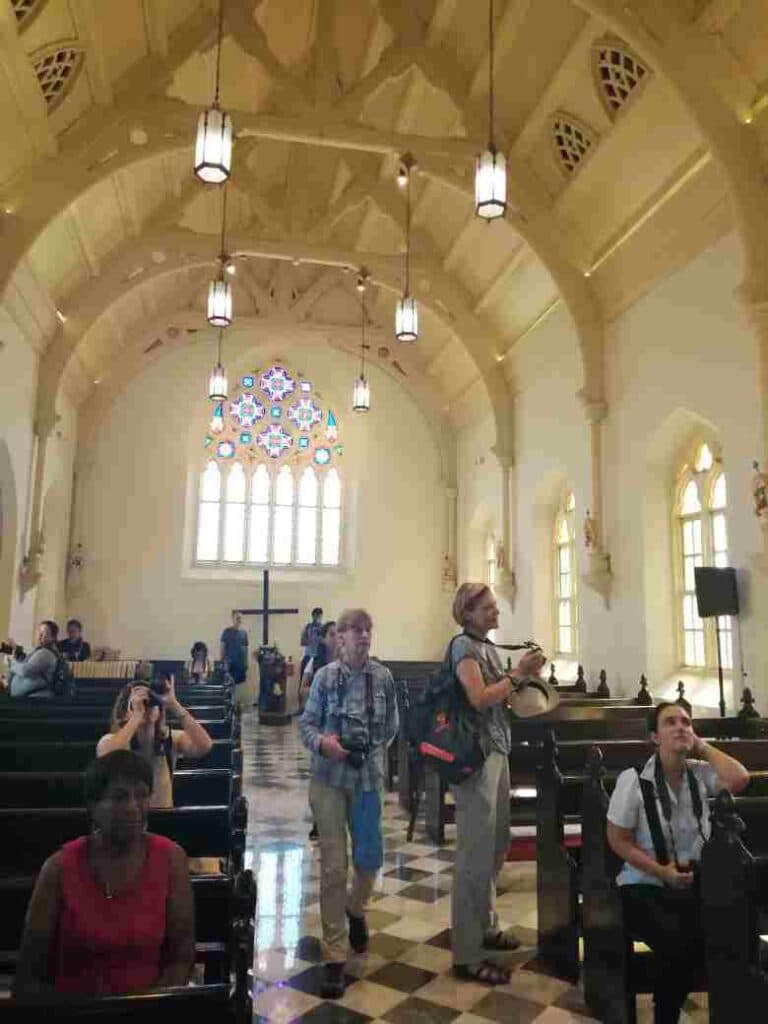
Architectural Revolution
Colon, upon arising in 1850 due to a foreign economic need, brought with it a lot of economic wealth. In 1885 the French arrived to build a maritime canal in the isthmus, but yellow fever and bankruptcy destroyed the company.
At the beginning of the 20th century, the United States returned as the protagonist, resuming the construction of the failed canal. By assuming the works, he acquired the right to exploit lands around the Canal works. They had to fight the mosquito that killed so many during the works of the French channel. For this reason, they paved streets, built aqueducts and sewers, and established electricity service. In those early years (1903-1908) the Washington Hotel was built, the first neoclassical in the country; and the building of the old Government (1904), to mention a few.
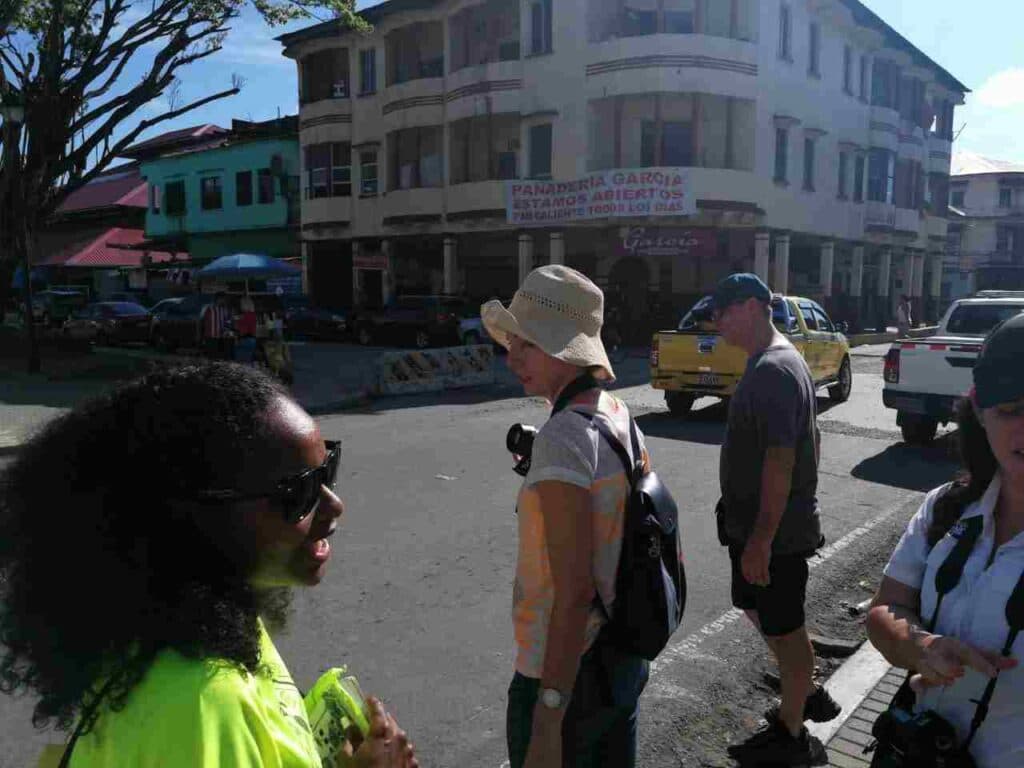
At that time there were more than twelve theaters and cinemas: the Rex, the America, the Strand and the Caribbean, among others. There were also several cabarets in one of which the great Evita Peron worked.
In the midst of that bonanza, they built buildings: Maison Blanche, in 1913; or the iconic Casa Wilcox, with portals that gave shade to pedestrians and large balconies for its inhabitants. Later, the New Cristobal Residential Complex, with wide terraces. In Colon, neoclassical, art deco and streamline structures were built, among other trends. The architects were enthusiastic about the possibility of dressing the Atlantic city with the latest architectural style.
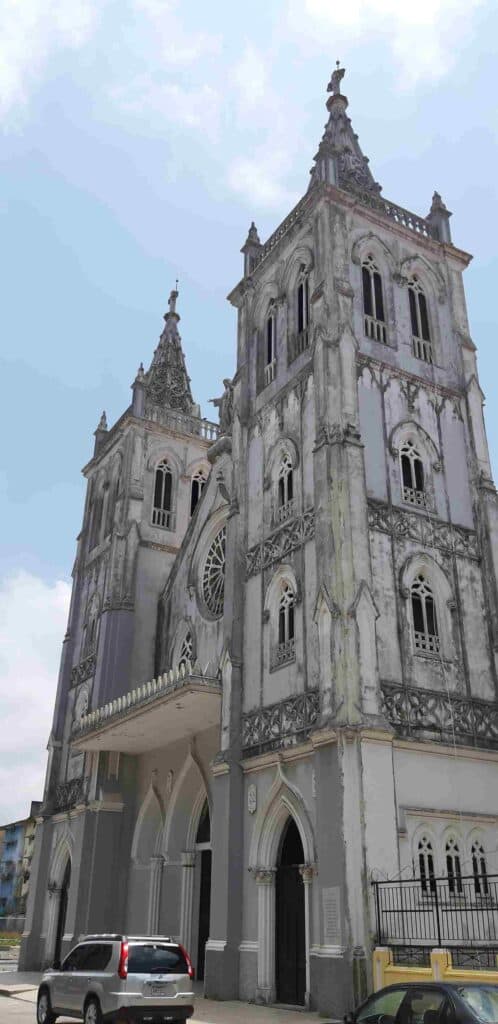
Christ by the Sea was designed by architect James Renwick, the same one who built St. Patrick’s Cathedral in New York and the Smithsonian Institution in Washington. In total, the center of Colon has nineteen buildings, nine monumental complexes and seven open public spaces declared a Historic Monumental Complex since 2002, precisely because of the majesty of its details and lines.
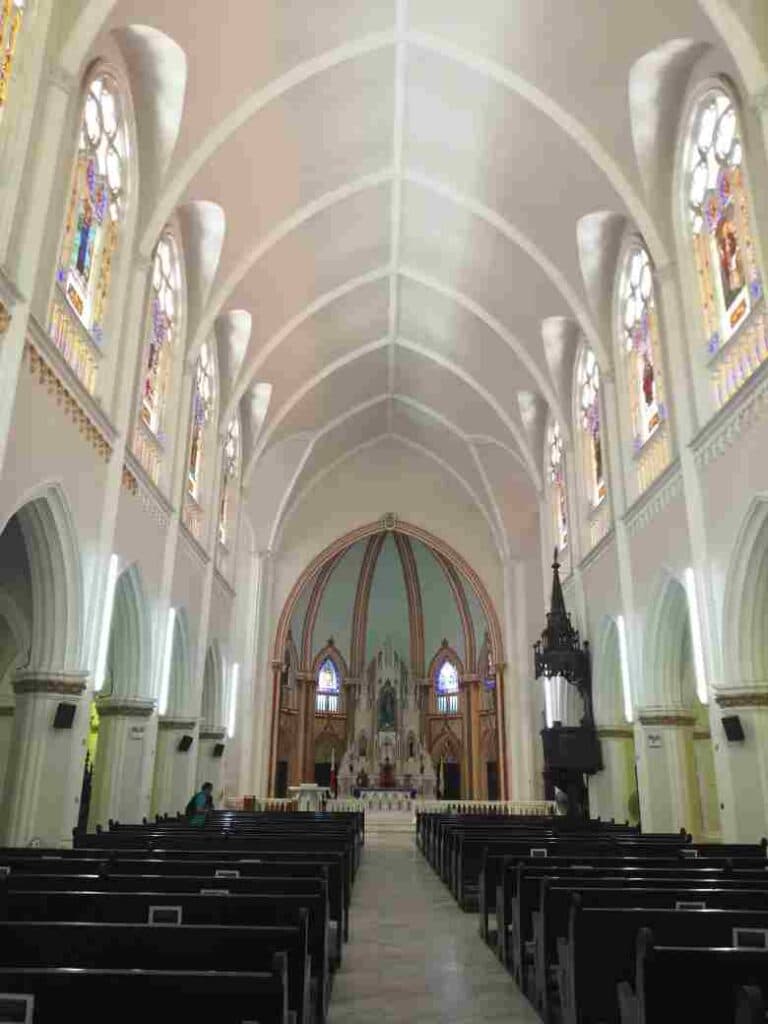
Today, Colon City needs a master plan that brings to life its monuments and historic buildings, as well as its vibrant culture forged by people from all over the world and which today is jealously guarded by its citizens.


